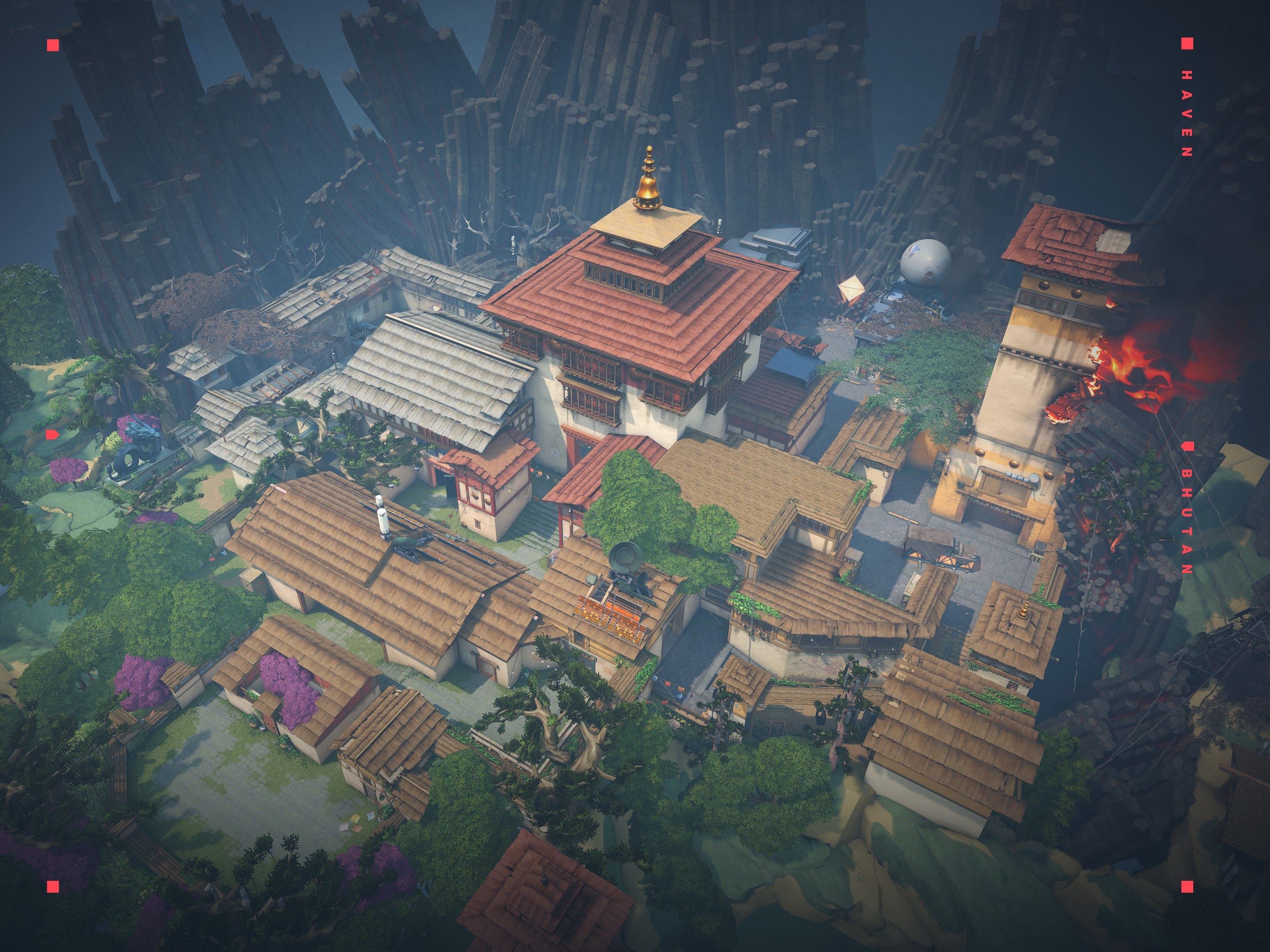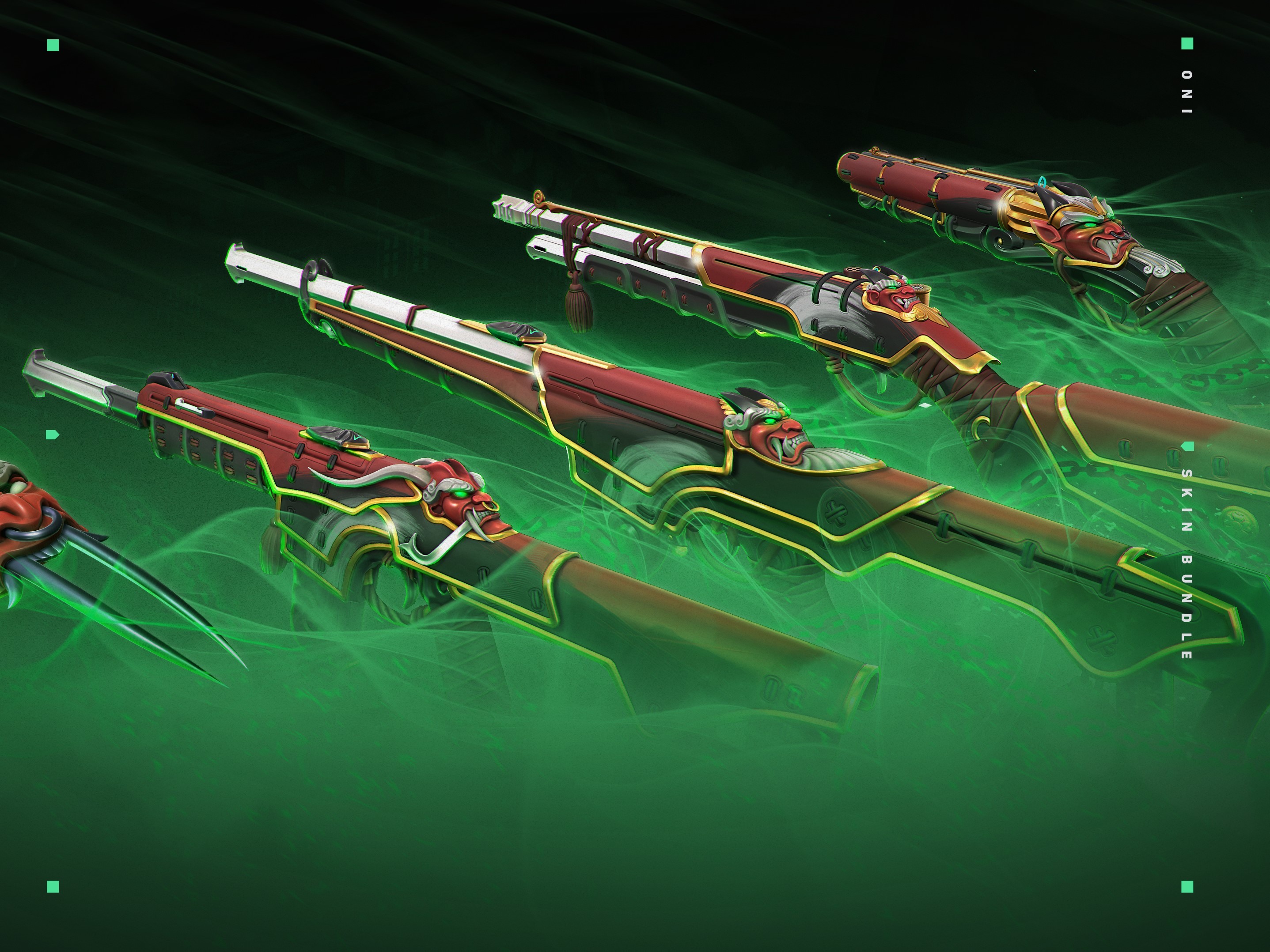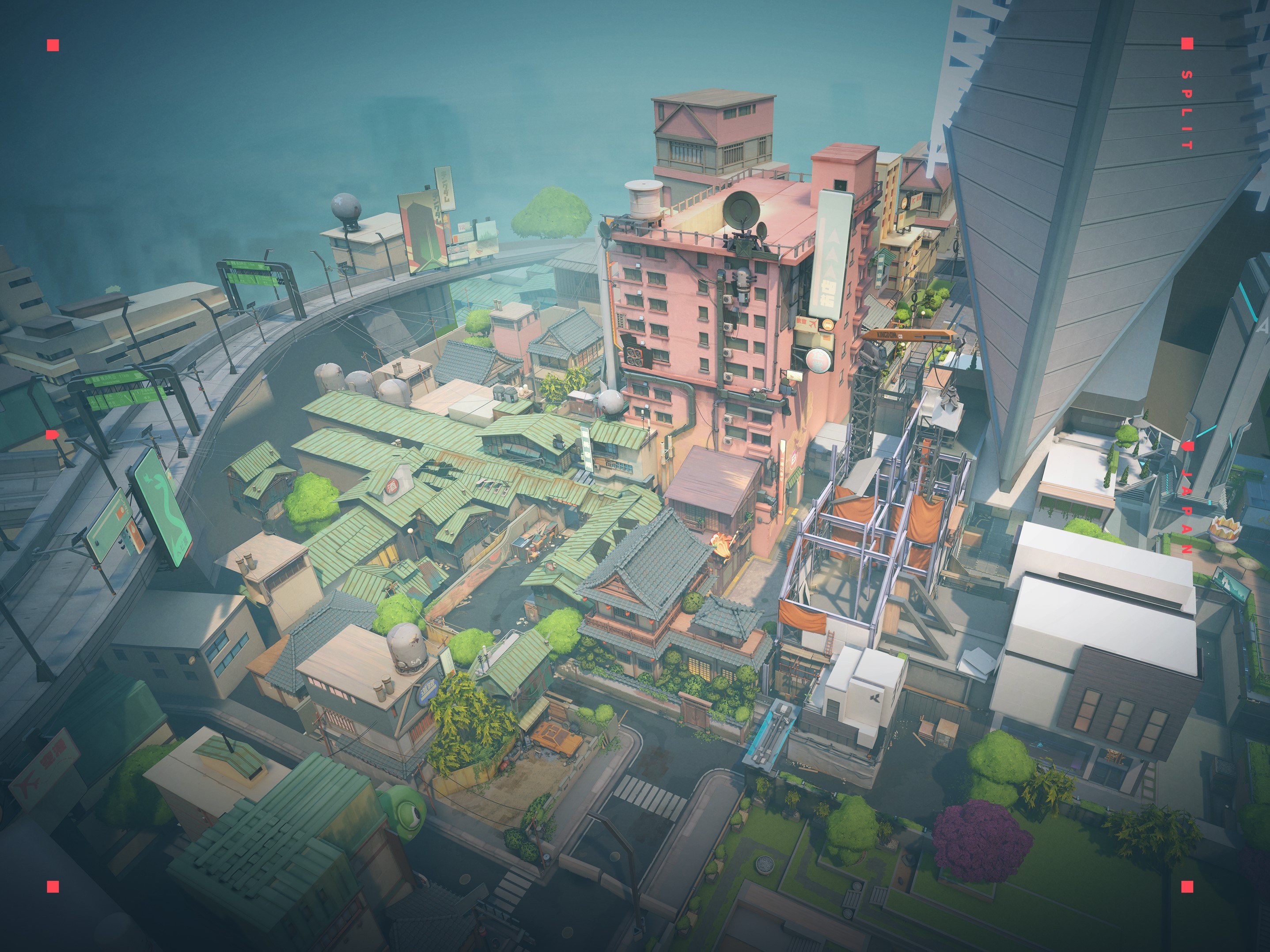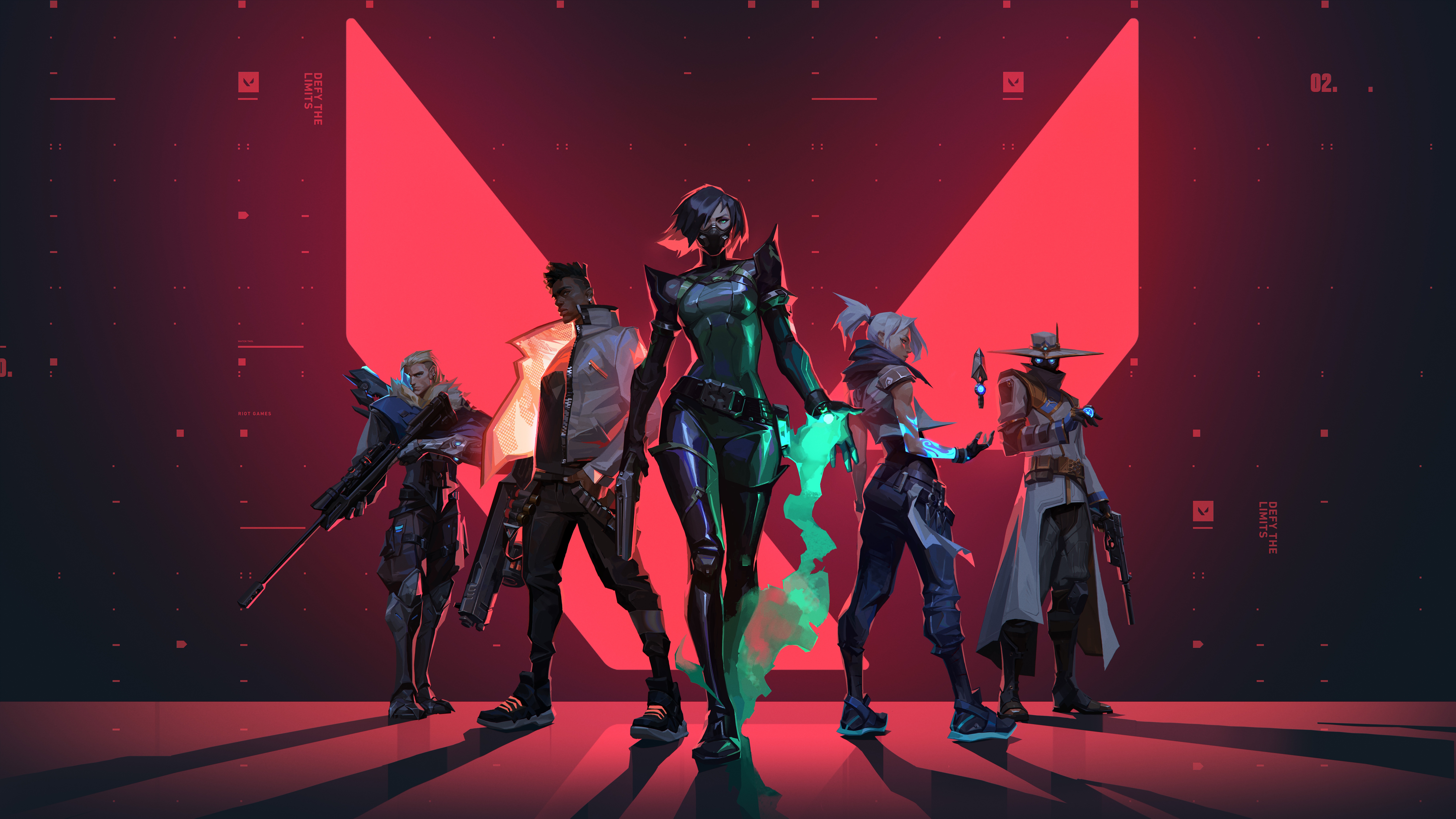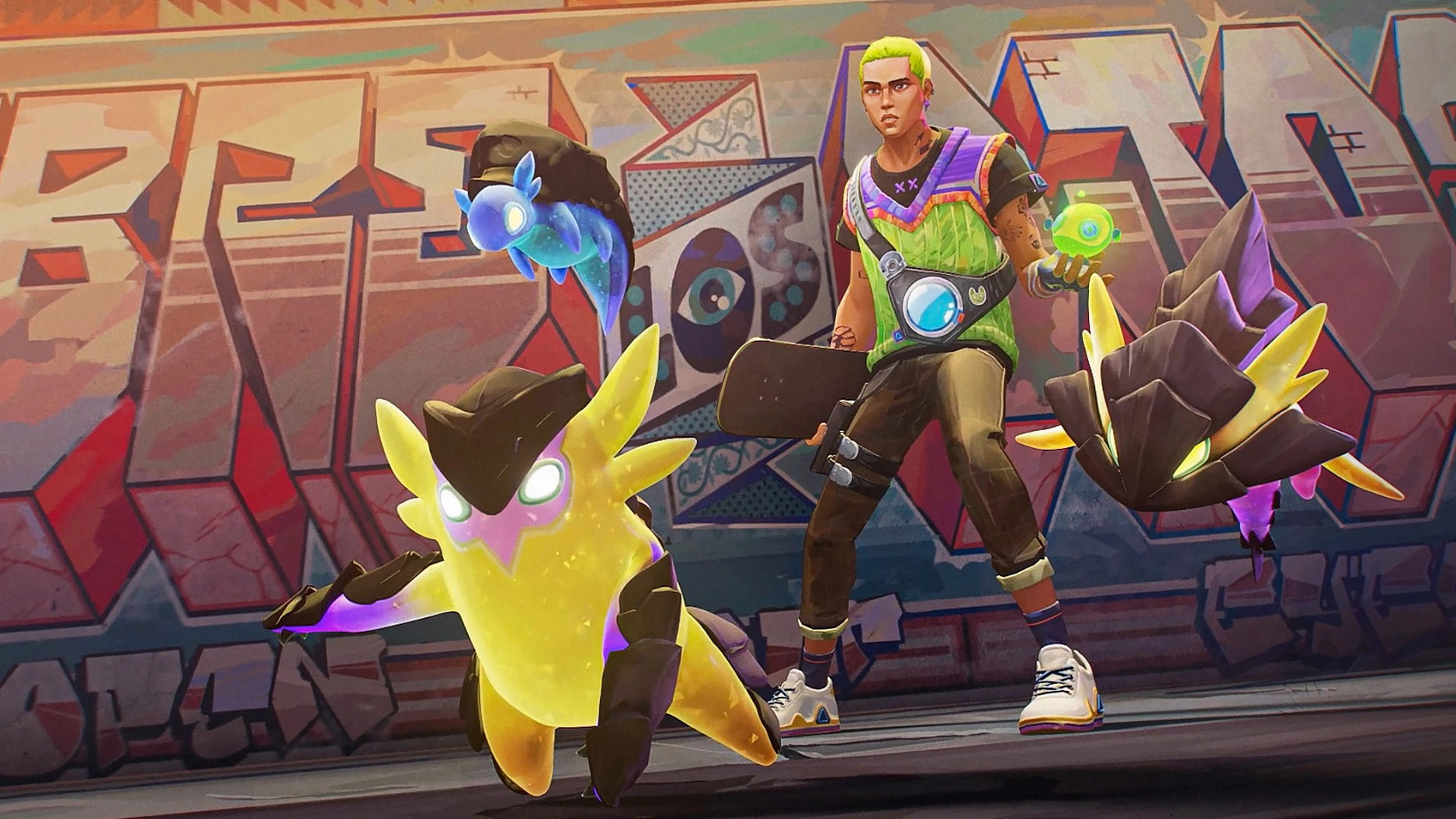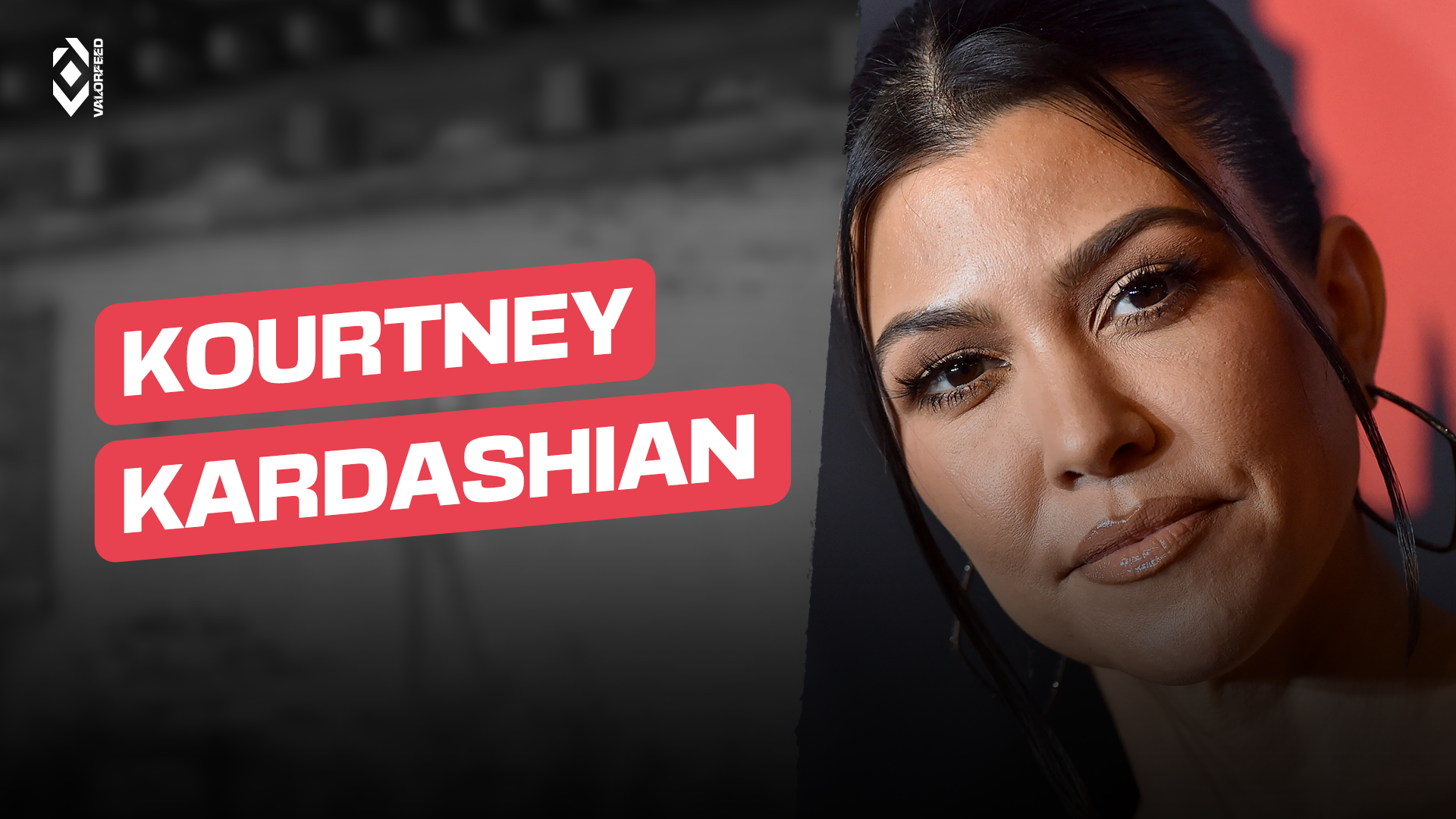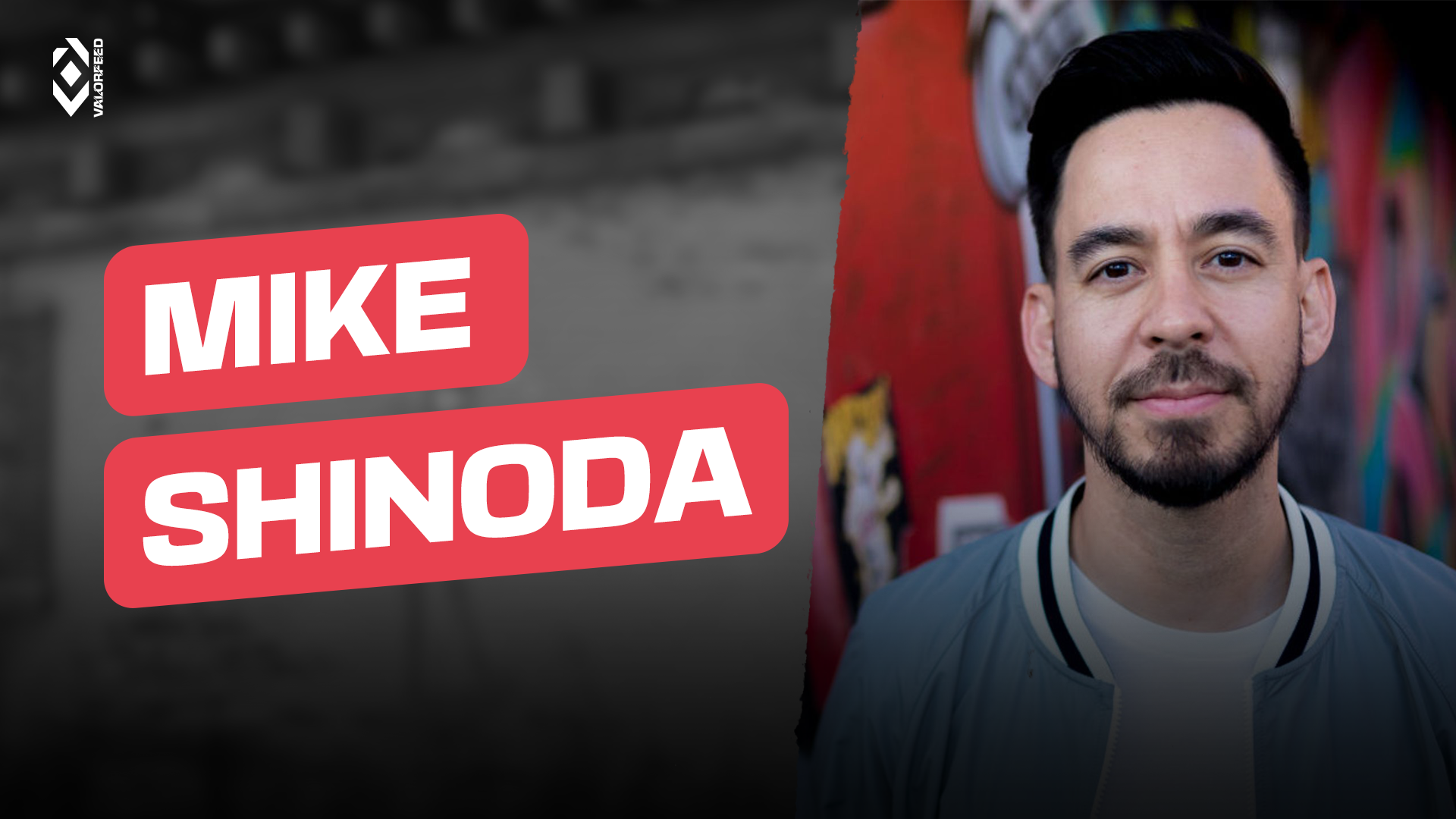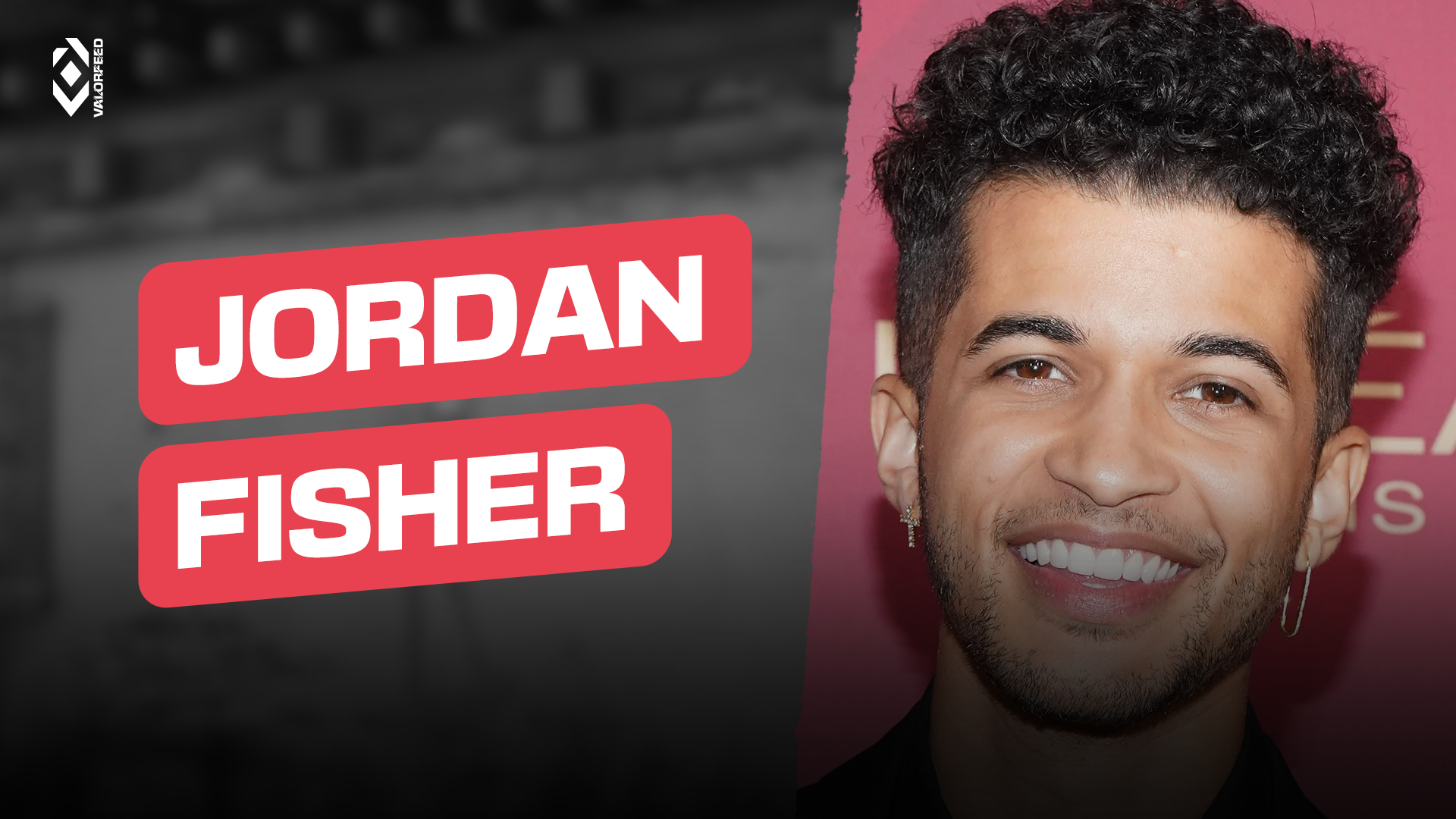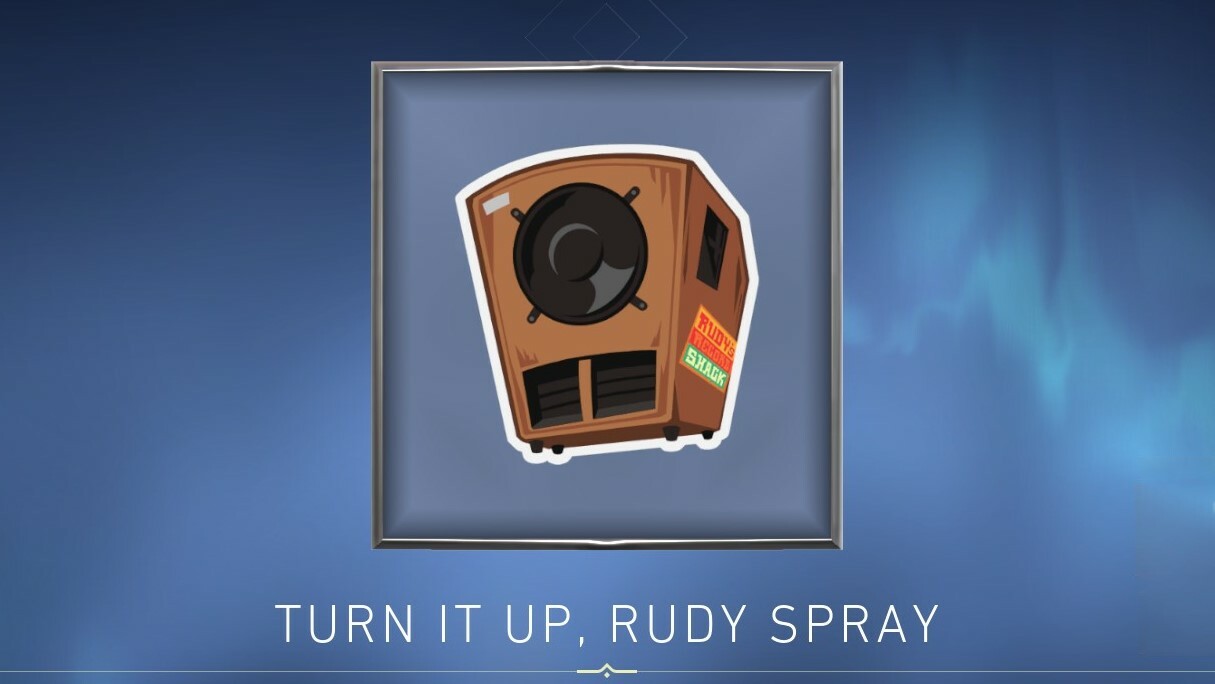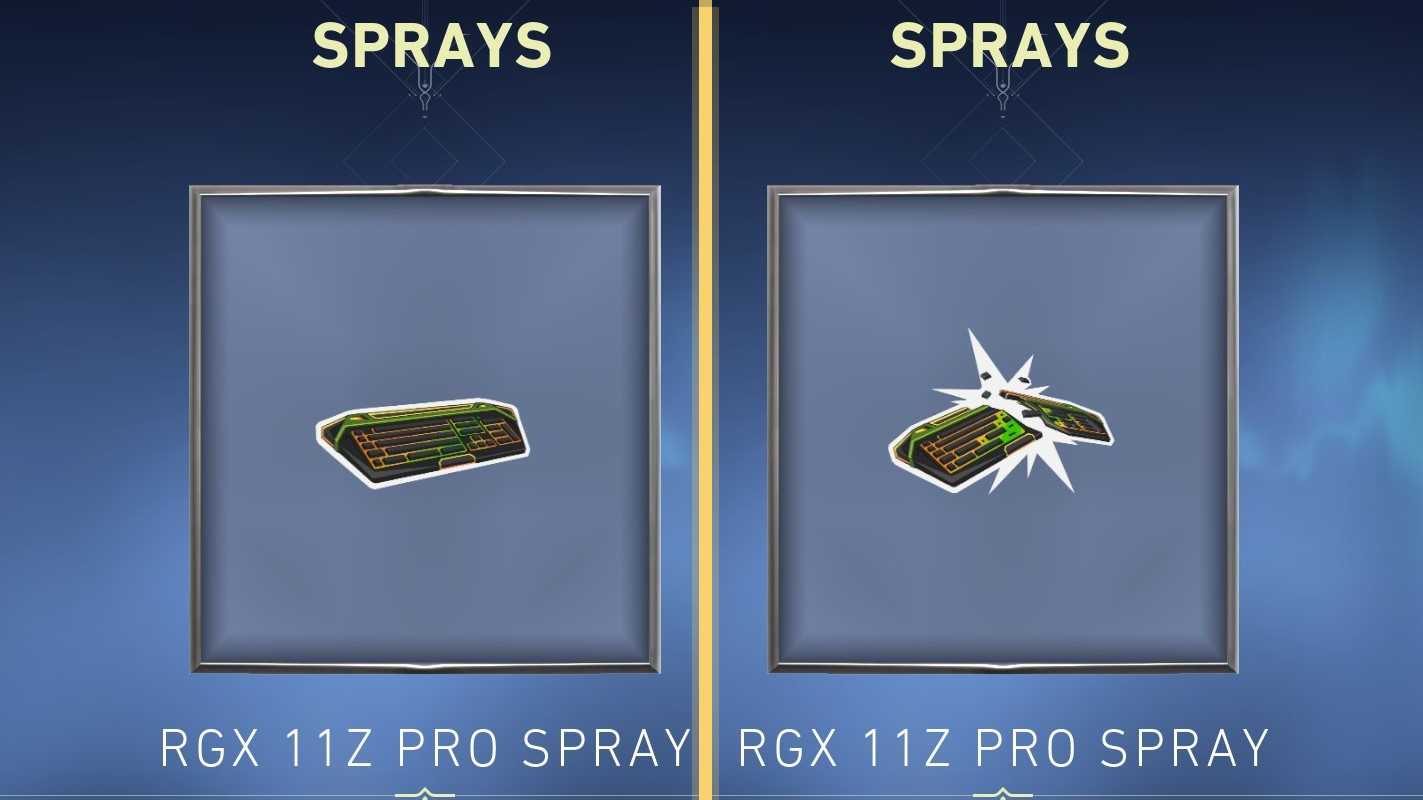Learn about all the basics of Valorant, from the primary rules of the game to Agent roles and skills to focus on.
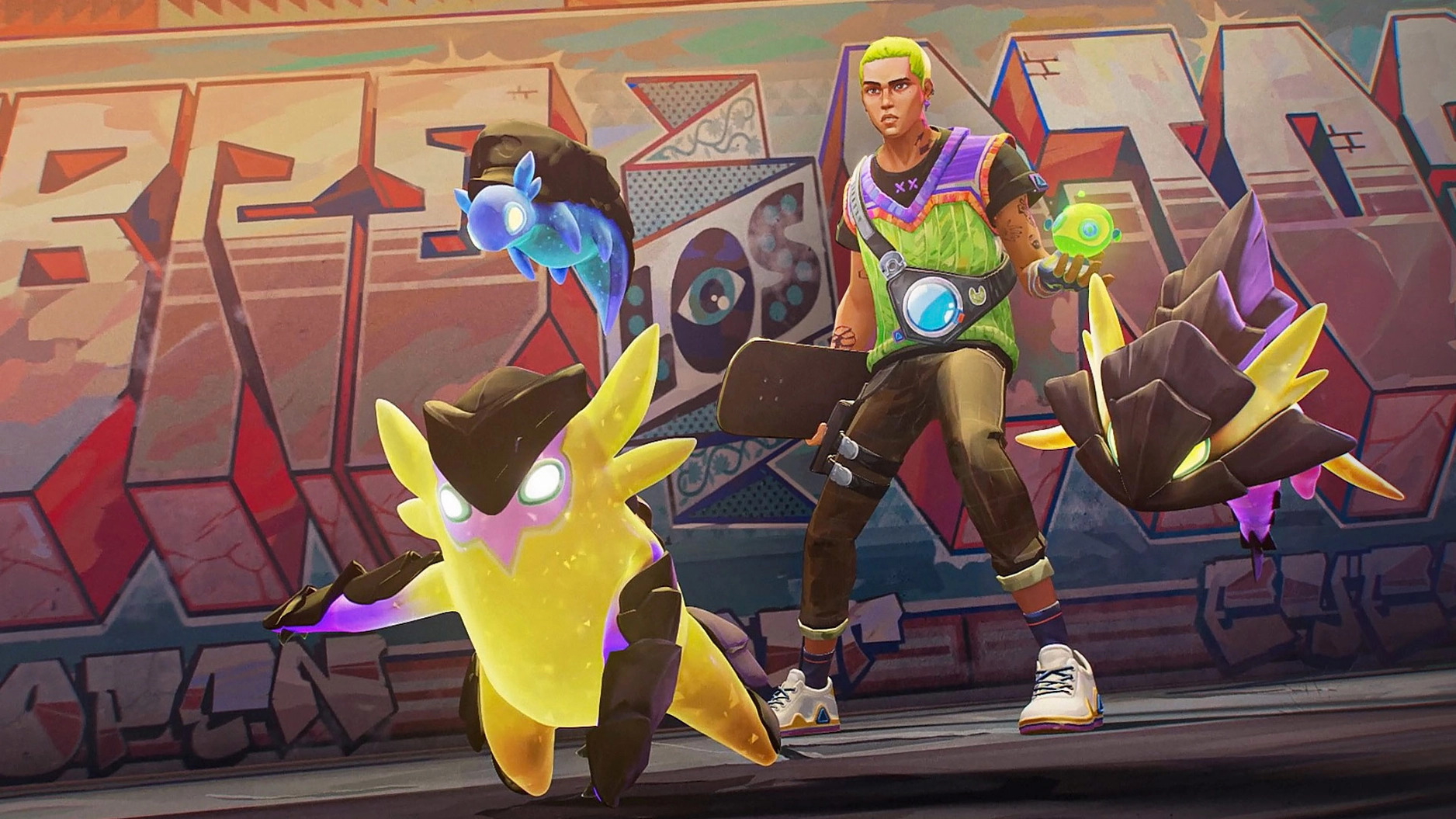
New to Valorant? Well, good to have you, and no worries – this game is relatively easy to learn; of course, it is a bit hard to master, but we won't focus on that today. To make the learning process even easier for you, we have prepared a super in-depth best beginner's guide to help you jump into the world of Valorant and start your adventure right away. Let's start with the basics!
The Basics of Valorant
How a Valorant Match Looks Like
So, as you probably know, Valorant is a First-Person-Shooter game that is pretty similar to titles like Counter-Strike: Global Offensive or Overwatch. Every match involves two 5-player teams fighting against each other, and the first team to win 13 rounds wins the match.
At the start of the match, both teams are divided into two roles:
- Attackers: their goal is to plant and detonate a Spike on one of the bombsites
- Defenders: as you probably expect, their goal is to defend the bombsites from Spike's planting or defuse it
Each Valorant match has two halves, with the first half consisting of 12 rounds. After the first half ends, both teams switch their roles.
How Do Valorant Agents Work?

But before the game even starts, each player must choose a character to play with, which would be one of the Valorant Agents!
Each Valorant Agent has 4 specific abilities that indicate their playstyle and role in the team. As of now, there are four Agent Classes in the game:
- Duelist: the most aggressive Agent class in Valorant, often topping the scoreboard and making flashy plays. They are known as the "entry fragger class".
- Initiator: the most flexible Agent class in terms of playstyle. Their primary objective is to gather valuable information about the enemy team, using abilities that reveal their location and movements.
- Sentinel: a class that's ideal for players who prefer a supportive playstyle. They are instrumental in helping their teammates to be more effective.
- Controller: a class with abilities that focus on changing the environment on the battlefield.
Every new player receives 5 free Valorant Agents: Brimstone, Jett, Phoenix, and Sova. To unlock more Agents, you need to level up Agent Contracts, which you can do by selecting one and then earning a required amount of XP. And how can you earn XP? By simply completing your daily quests and playing the game! If you want to maximize your XP gains at the start of your adventure, be sure to also check out this article: How To Gain XP Fast In Valorant
One note is that Valorant is also available in the Xbox Game Pass Ultimate plan, so if you have one, you can access all Agents right away.
Economy
Just like in other First-Person-Shooter games, you need to have some sort of money to buy weapons, armors, and abilities — in Valorant, it's called "Credits". It's a crucial aspect of the game, and the way you manage your economy can significantly impact the outcome of your matches. Every player starts with 800 Credits at the start of each half.
You earn Credits by:
| Activity | Credits Earned |
| Scoring a kill | +200 Credits |
| Planting a Spike | +300 Credits for everone in the attacking team |
| Defusing a Spike | +300 Credits for everyone in the defending team |
| Winning a round | +3000 Credits for everyone in your team |
Losing a round | +1900 Credits for everyone in your team |
| Losing two rounds in a row | +2400 Credits for everyone in your team |
| Losing three or more rounds in a row | +2900 Credits for everyone in your team |
It's important to communicate with your team about the economy situation and make informed decisions about when to save, when to buy, when to play eco, and when to force buy. Usually, when you are low on money, you want to consider saving and using a cheaper weapon or fewer abilities to maximize your chances of winning future rounds.
The Main Valorant Game Modes
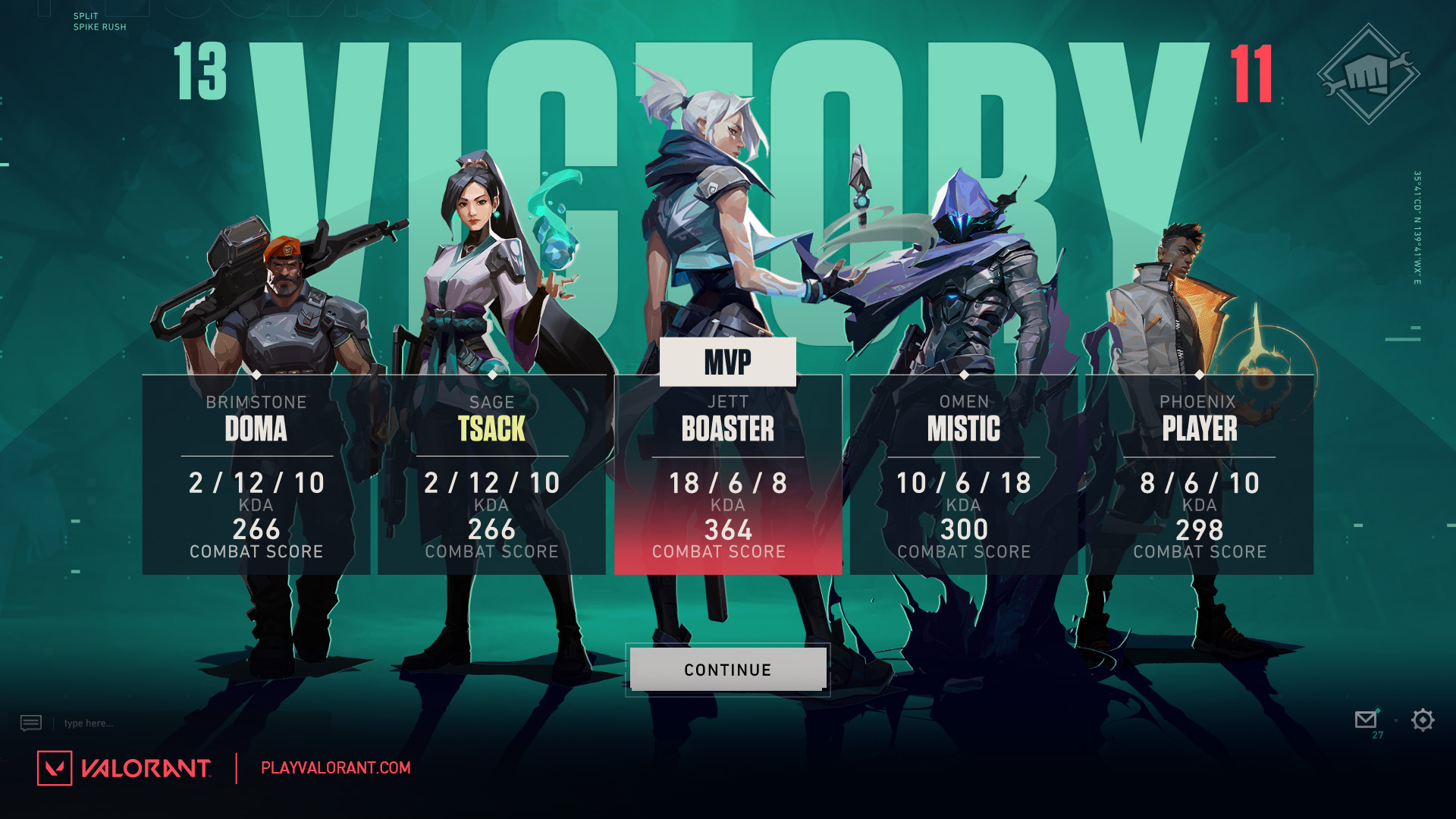
There are two game modes where you can play a classic game of Valorant:
- Unrated: If we were to compare it to other games, we would say that it's an equivalent of "normal" or "casual" game modes. It is considered the first instance of training before jumping into a Competitive Play match. It's a game mode we would recommend for beginners, as you can learn the game and have fun without losing anything.
- Competitive Play: It's a game mode with a built-in ranked system, so this is really where the fun starts for many players who are into the competitive aspect.
We would also recommend you to try Spike Rush, as it's a great game mode to start with. It allows you to learn the basics of the game without worrying about the economy, and the average game length is about 8 minutes.
Five Skills That Matter in Valorant
Alright, now that we have discussed the basics, let's jump into the skills that matter the most, and which you should pay a lot of attention to, especially at the beginning of your adventure with Valorant. Most of them are all about muscle memory, so if you are interested about learning more in this matter, check out this guide: How To Improve Muscle Memory in Valorant
Crosshair Placement
It's a pretty hard thing, especially if you haven't played any First-Person-Shooter game before, but it is actually one of the most significant skills you need to develop when it comes to your overall accuracy. You usually want to position your crosshair at head level to minimize the time it takes to aim at an enemy's head. Even if you are not in a gunfight, having a crosshair at head level is generally a good habit, but again, it takes practice and a well-developed muscle memory.
Recoil Control
Recoil control is essentially the ability to keep your crosshair on target while shooting. Together with crosshair placement, this is the most important thing you need to learn for your accuracy. We also have a pretty good guide on this subject, so be sure to check it out: Everything You Need To Know About Recoil Patterns in Valorant
Movement
Movement is a significant part of Valorant, but it's also one of the most neglected ones. It can help outmaneuver your opponents and avoid getting hit, and therefore lead to more successful gunfights. We encourage you to read more about movement techniques such as counter-strafing and jiggle peeking; learning these alone can improve your movement in no time.
Map Awareness
Map awareness involves knowing the map, understanding callouts, and keeping track of where your teammates and enemies are. Of course, to learn this, you will have to play the game a lot, and there's no other way around it. You will subconsciously make mental notes of where you are spotting your enemies the most and what are the most popular strategies, but again, that will come with time.
Communication
Sorry to all toxic players, but communication is crucial in Valorant. At the end of the day, Valorant is a team game, and therefore, you need it to coordinate with your squad. That said, make sure to use your microphone primarily to share important information, call out enemy positions, and share your strategies. Again, we have another article where we explain this matter deeply, so be sure to check it out (it will literally win you games): How To Give Better Callouts in Valorant
Okay, that was a lot of information, but we hope you are now all set. If Valorant strikes your fancy, we encourage you to follow our website, especially the Guides section, which will help you become a better player.
And if you want to stay up-to-date with all the novelties, check out our News section and our social media profiles (Facebook / Instagram). Hopefully, you'll stick around with Riot Games' tactical shooter, and we'll be able to make your Valorant experience at an even higher level!

